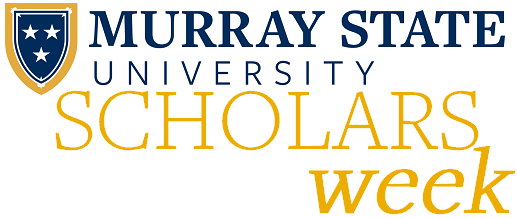
The Relationship of Head Morphology and Diet among Three Sympatric Watersnake Species
List all Project Mentors & Advisor(s)
Dr. Perri Eason
Presentation Format
Event
Abstract/Description
Similar species coexisting in the same habitats have different resource utilization patterns, which may relate to morphology. Sympatric snake species may partition dietary resources and since snakes swallow their prey whole and are gape-limited predators, snake head morphology may reflect snake diet. Our study focused on the sympatric plain-bellied (Nerodia erythrogaster), diamondback (N. rhombifer) and northern (N. sipedon) watersnakes, which inhabit similar wetland habitats and appear to have considerable dietary overlap, with all three species feeding on fish and amphibians. We investigated the relationship of diet (ratio of fish to adult anuran) and head morphology for each of these three congeneric watersnake species. The northern watersnake with its diet intermediate between the anurophagous plain-bellied and piscivorous diamondback had smaller head sizes. The plain-bellied watersnake had a narrower head and increased interocular distance compared to the diamondback watersnake with a wider head and decreased interocular distance. Northern watersnake head shape was in between plain-bellied and diamondback watersnakes head shapes. Watersnake dietary resource differences related to head morphology, and morphology may be utilized to understand resource utilization among similar sympatric species.
Location
Barkley Room, Curris Center
Start Date
April 2016
End Date
April 2016
The Relationship of Head Morphology and Diet among Three Sympatric Watersnake Species
Barkley Room, Curris Center
Similar species coexisting in the same habitats have different resource utilization patterns, which may relate to morphology. Sympatric snake species may partition dietary resources and since snakes swallow their prey whole and are gape-limited predators, snake head morphology may reflect snake diet. Our study focused on the sympatric plain-bellied (Nerodia erythrogaster), diamondback (N. rhombifer) and northern (N. sipedon) watersnakes, which inhabit similar wetland habitats and appear to have considerable dietary overlap, with all three species feeding on fish and amphibians. We investigated the relationship of diet (ratio of fish to adult anuran) and head morphology for each of these three congeneric watersnake species. The northern watersnake with its diet intermediate between the anurophagous plain-bellied and piscivorous diamondback had smaller head sizes. The plain-bellied watersnake had a narrower head and increased interocular distance compared to the diamondback watersnake with a wider head and decreased interocular distance. Northern watersnake head shape was in between plain-bellied and diamondback watersnakes head shapes. Watersnake dietary resource differences related to head morphology, and morphology may be utilized to understand resource utilization among similar sympatric species.

